- Joined
- Jan 22, 2014
- Messages
- 7,026
It’s very beautiful. Does it have gold hallmarks?I know this is an older post and while I did read through the whole thing and understand that my Great-grandmother's ring is likely synthetic, I was curious what you all thought. The colors to me don't scream synthetic. I've been meaning to have it sent to a lab for an official report. I love the ring as it reminds me of my Grandma who wore it often. Any thoughts?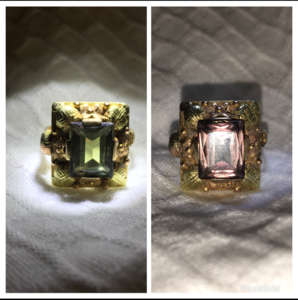
And the other thing is that there are other gems to colour change including garnet and sapphire.

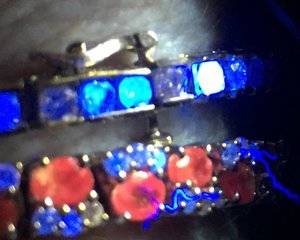

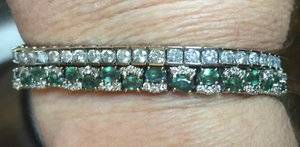
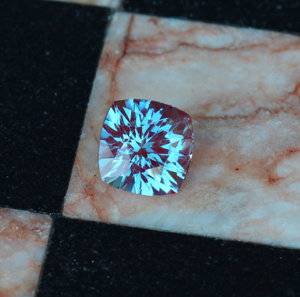
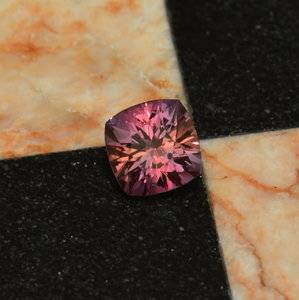
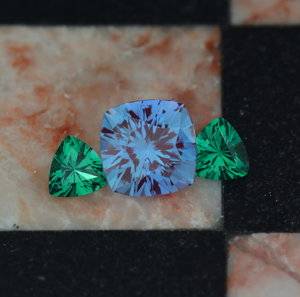
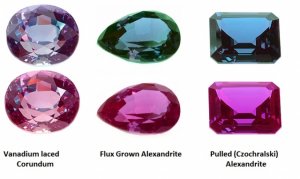
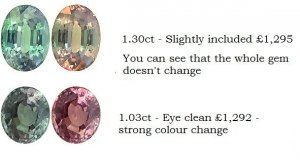
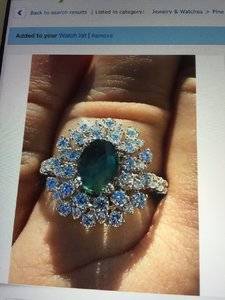
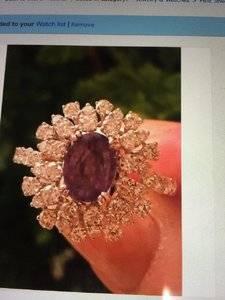
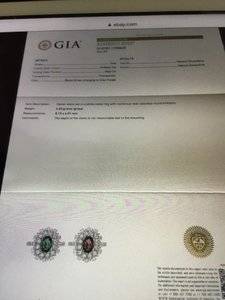
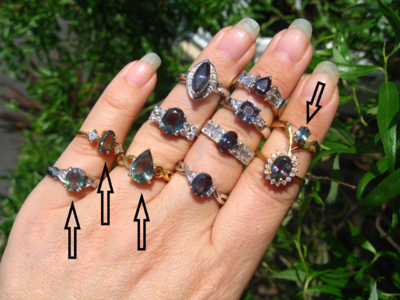
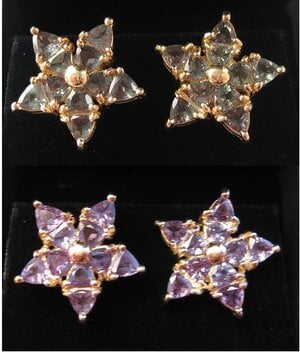
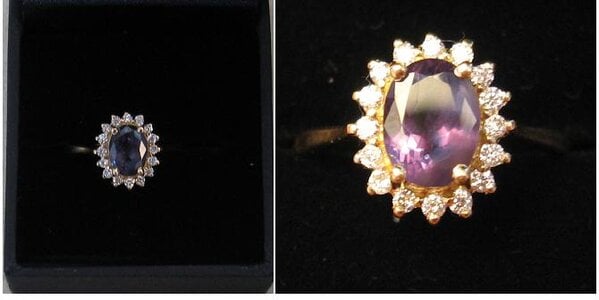
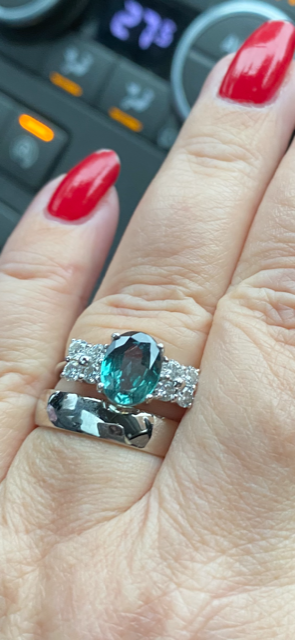
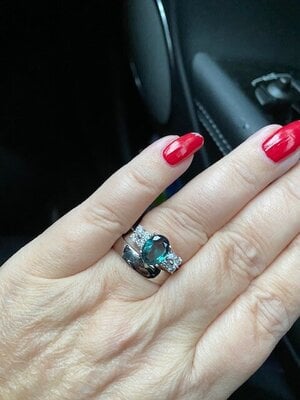

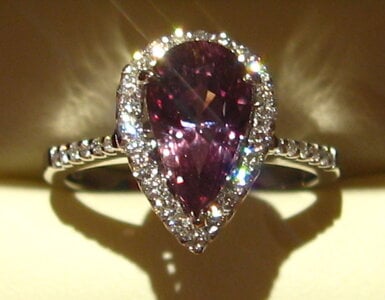
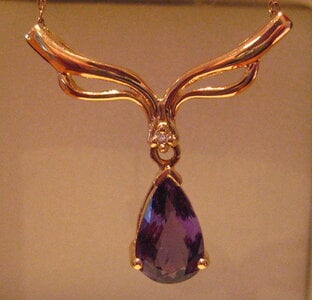
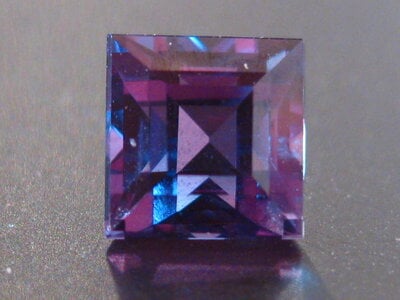
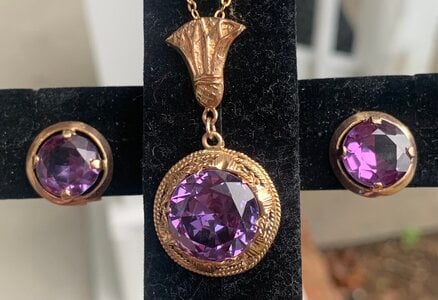






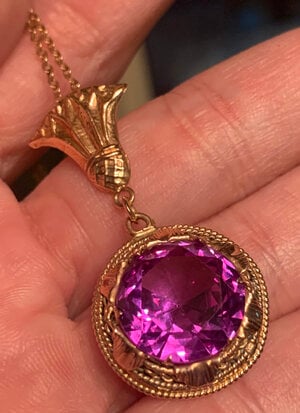


300x240.png)